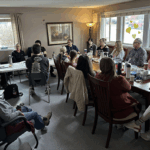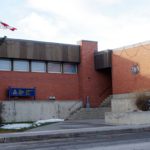Home »

Ecosystem restoration burns set for Sulphur Creek area
A series of controlled burns in the Sulphur Creek area will enhance wildlife habitat for ungulates, such as moose and mule deer, reduce accumulations of forest fuels and help decrease wildfire risks.
The three adjacent burn units will cover slightly more than 500 hectares in the Bull River drainage area, about 18 kilometres north of Fernie. Smoke from the fires may be visible in surrounding areas over the next few weeks as the burn objectives are met, especially between Fernie and Sparwood.
These controlled fires are scheduled to be lit between August 28 and mid-September, with the exact timing dependent on weather and site conditions. They will only be ignited if site and burning conditions are favourable. Trained firefighters will ensure that the fires remain within predetermined boundaries.
The main objectives of these burns are to:
* enhance wildlife habitat, particularly for ungulates such as moose and mule deer; and
* reduce accumulations of forest fuels and help decrease wildfire risks.
The Sulphur Creek area is an important wildlife habitat due to its relatively remote location and lack of resource development. Historically, the area contained more open forests because of more frequent, low-intensity fires that occurred naturally. This summer’s controlled burns will encourage new growth and improve wildlife habitat.
This prescribed burn project is funded by the Fish and Wildlife Compensation Program, a partnership between BC Hydro, the B.C. government, Fisheries and Oceans Canada, First Nations and stakeholders. The project will help conserve and enhance fish and wildlife populations impacted by the construction of BC Hydro dams.
The Rocky Mountain Trench Ecosystem Restoration Program has operated as a successful partnership of government, industry, First Nations, non-governmental organizations and the public since 1998. For more information, visit: www.trench-er.com
More on prescribed burns and ecosystem restoration burns.
e-KNOW







